How To Care for Indoor Plants in The Heat
Published on Nov 29, 2022
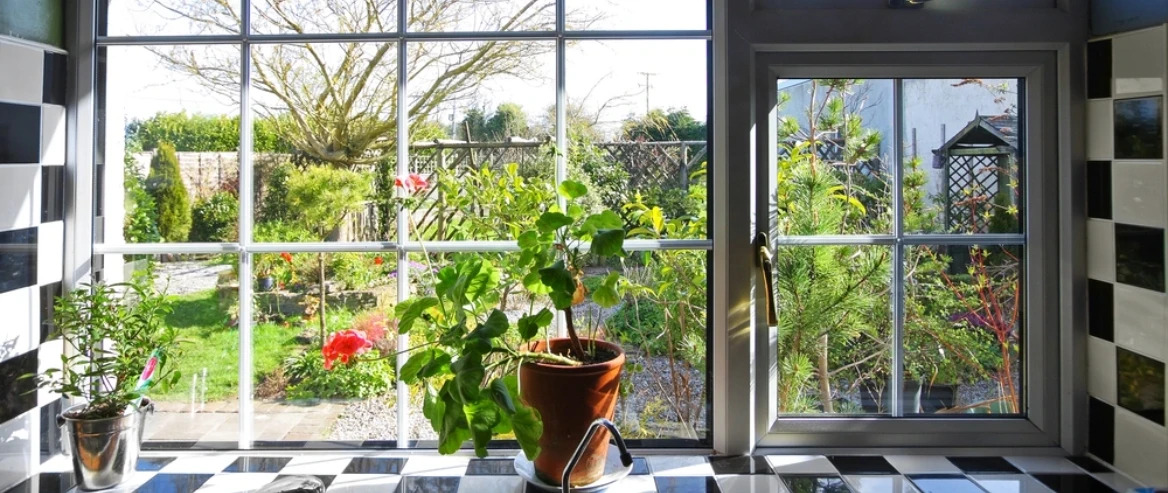
As the temperatures soar during summer, most of us start to feel a little uncomfortable in the heat.
Your indoor plants are no different.
Here’s how to keep your plants healthy when the mercury climbs.
What Houseplants Thrive in the Heat?
The way you tend to your indoor plants when it’s warm outside depends on a few factors, such as climate and temperature.
One key factor, however, is what type of species the plant is, as some are able to better handle heat than others.
If you are looking for an indoor plant and either live in a warmer climate or want it to cope throughout summer, here are some fantastic choices.
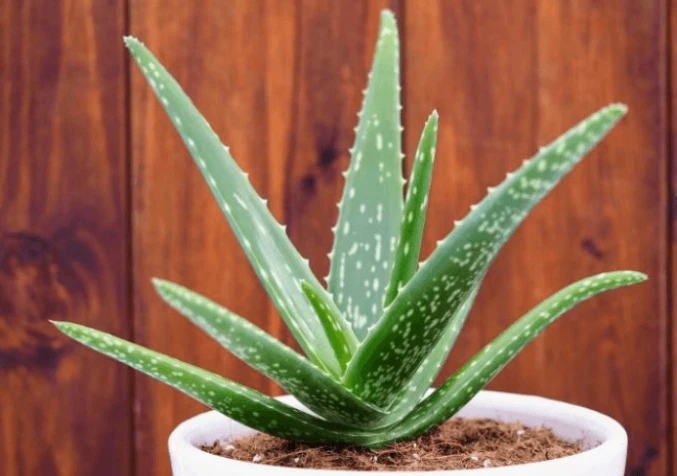
1. Succulents
Succulents are very popular, and with good reason. They use minimal water and are fairly low maintenance. Most succulents’ leaves are great at storing moisture, too.
Aloe vera plants are a succulent that grows well in direct sunlight but may need some shade from time to time.
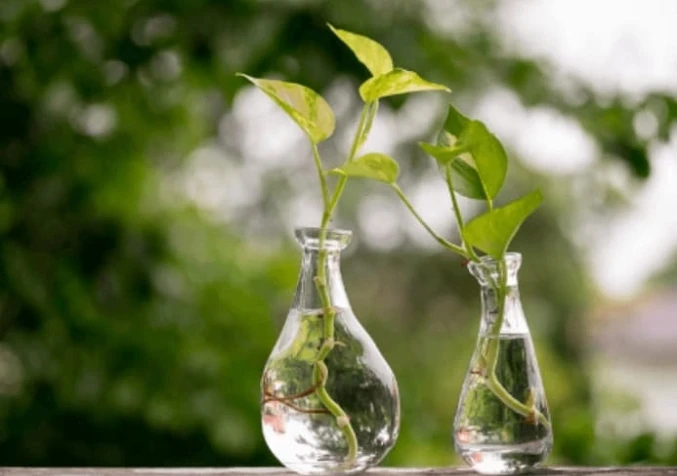
2. Devil's ivy
You should water this plant when the mix dries out slightly and place it in a bright spot, not in direct sunlight.
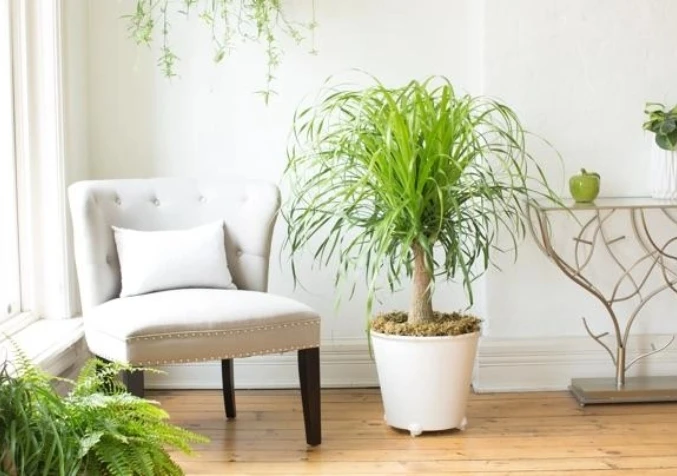
3. Ponytail Palm
Ponytail palms are native to Mexico and draw moisture from its reserve, making them drought resistant. Keep in bright, indirect sun.
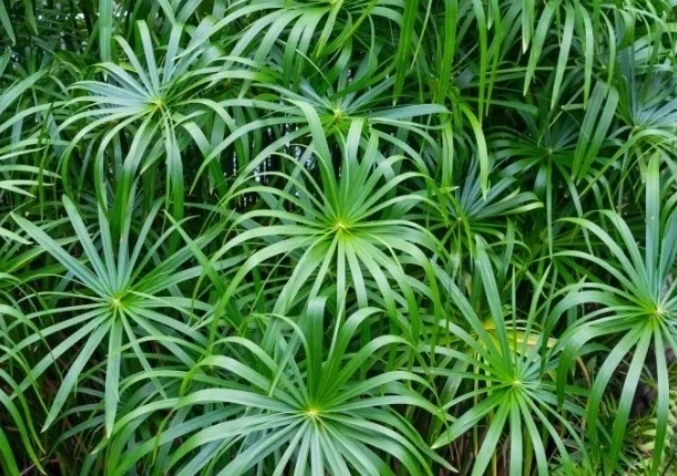
4. Umbrella plants
Umbrella plants love to sit in a sunny window. If they are in direct sun, keep the soil moist with weekly watering.
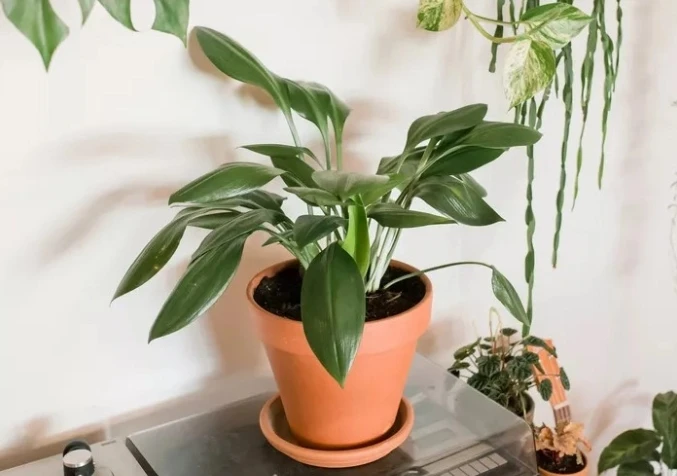
5. Cast iron plant
Trying to pick a plant for the hottest room in your house? This is the one. Pop it far from a window in a warm room, where it isn’t hit by the direct sun.
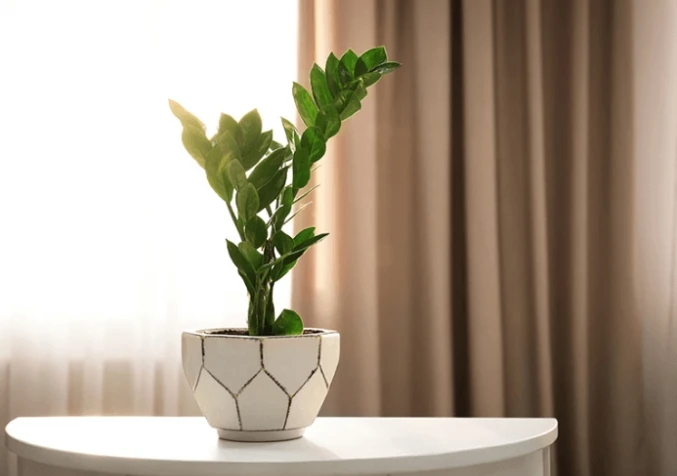
6. Zz plant
The Zamioculcas zamiifolia can handle almost anything just about anything, as it too is drought tolerant. Keep in mind that this plant is poisonous, so should be kept away from children and pets, and you should try to wear gloves if handling it.
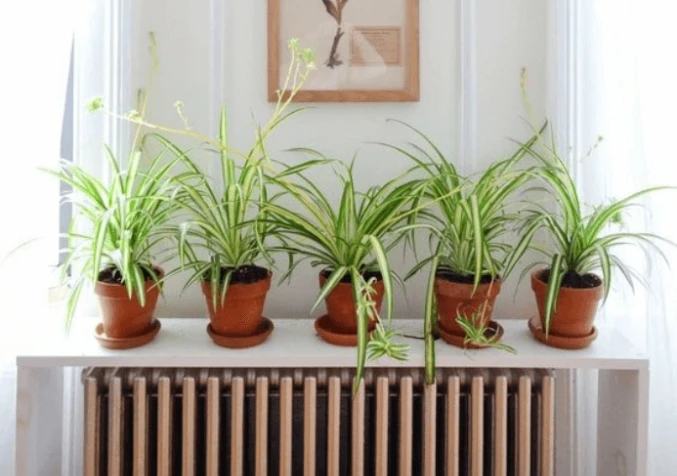
7. Spider plant
A feature of the spider plant is that it can handle both hot and cool conditions. Interestingly, it enters a state of dormancy if the conditions aren’t suitable for its growth.
How To Care for Indoor Plants in Summer
Indoor plants can thrive in higher temperatures however, anything above around 32 degrees Celsius can start to cause stress to your plant. The longer the heat continues, the more of a detrimental effect it has.
There are a few factors you can think about to prepare your plants for the heat.
-
The soil - High temperatures can heat your soil and in turn, affect your plants. Here’s what happens. Roots grow deeper to find cooler temperatures but unfortunately, an indoor plant won’t give roots anywhere to go. This can cause wilting or even burn marks on your leaves. Hot soil could also warm water, which means you’re best not to water your plants in the middle of the day when your plant is best able to absorb water for optimal growth and survival. During warmer months, you may need to test your soil more often than you usually do.
-
Fertilise - Is fertilizing a good idea during the summer? You’re best to do any fertilizing before the start of summer, to give them a chance to build their strength before the heat begins. Fertilizing in extremely high heat may further stress and burn your plants.
-
Keep it clean - For optimum plant care, keep the area where your indoor plants are as tidy as possible. Clean any dropped leave or debris to avoid any pests from hanging around. Prune gently but remember to clean up after yourself, and always keep plants out of direct sunlight to protect them.
Your Indoor Plant Care Questions Answered
What temperature is too hot for indoor plants?
If by any chance the temperature climbs to above 38 degrees Celsius, it may be worth moving your plants to a cooler area of the home, such as your bathroom. Just make sure you give your plants a few hours in indirect sunlight to thrive.
Don’t forget to mist your plant’s leaves when it is warm. You should also avoid re-potting plants and pruning on those really hot days.
Why are my leaves turning brown?
The tips of your leaves turning brown is a surefire sign of overwatering. They’ll be dry and a little crunchy if you haven’t been watering enough and limp if you’re overwatering.
Many plant experts say more houseplants die from overwatering than neglect.
Rough, brown patches could also be due to direct sunlight ‘burning’ the leaves.
Should I cut the brown tips off my plant?
When more than half of your leaf has turned brown, you should remove dying leaves from your plant. Much like you would with your hair’s dead ends, you need to trim the end of your plants – it not only means that your plant will look better, but the healthy foliage will also be able to receive more nutrients.
Should I water plants when it’s hot?
A little watering can certainly cool down your plants but it’s not an efficient use of the water. It will evaporate before it’s had a chance before getting to the roots.
Make sure to mist your plants regularly, making sure you don’t overspray or affect electronics.




